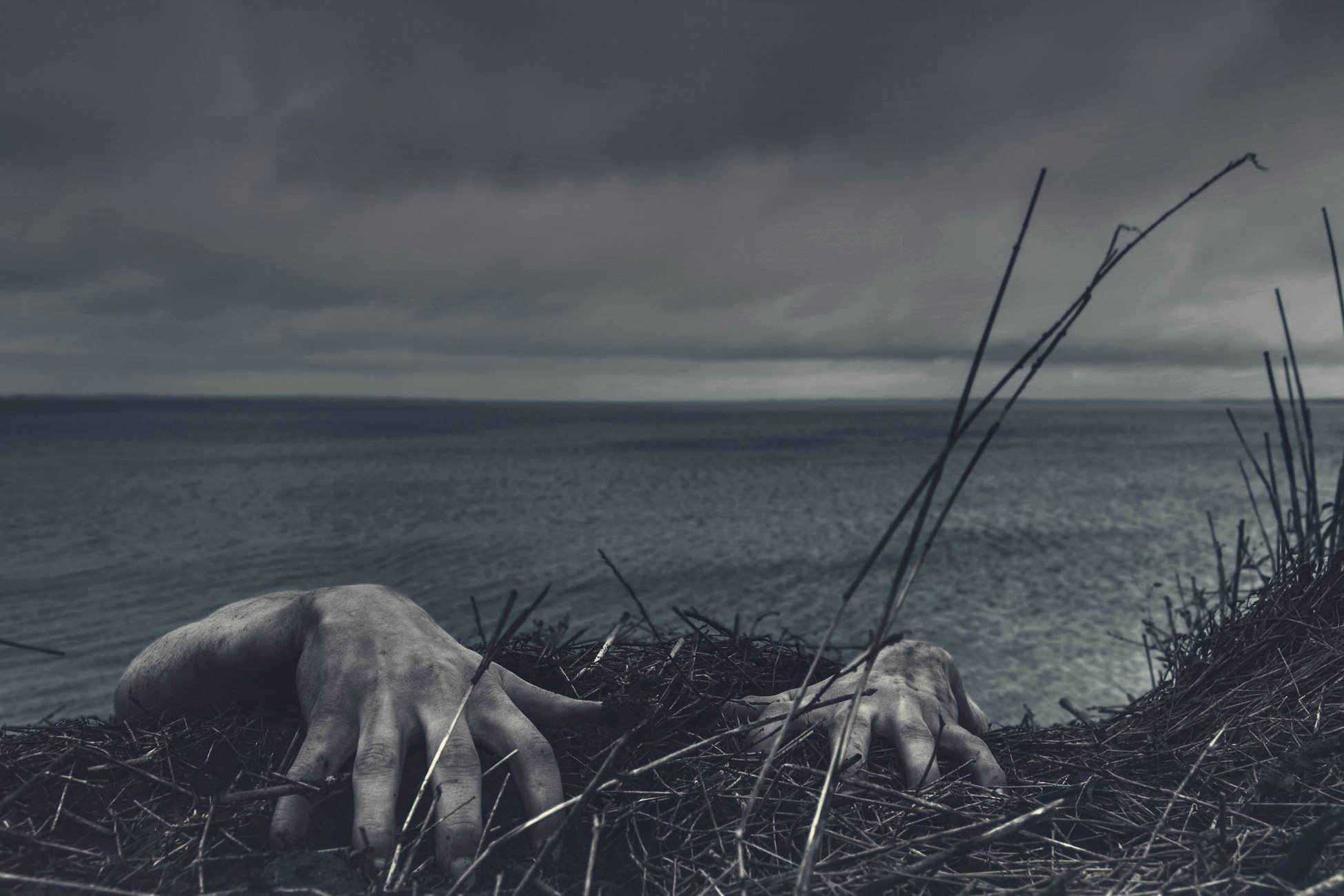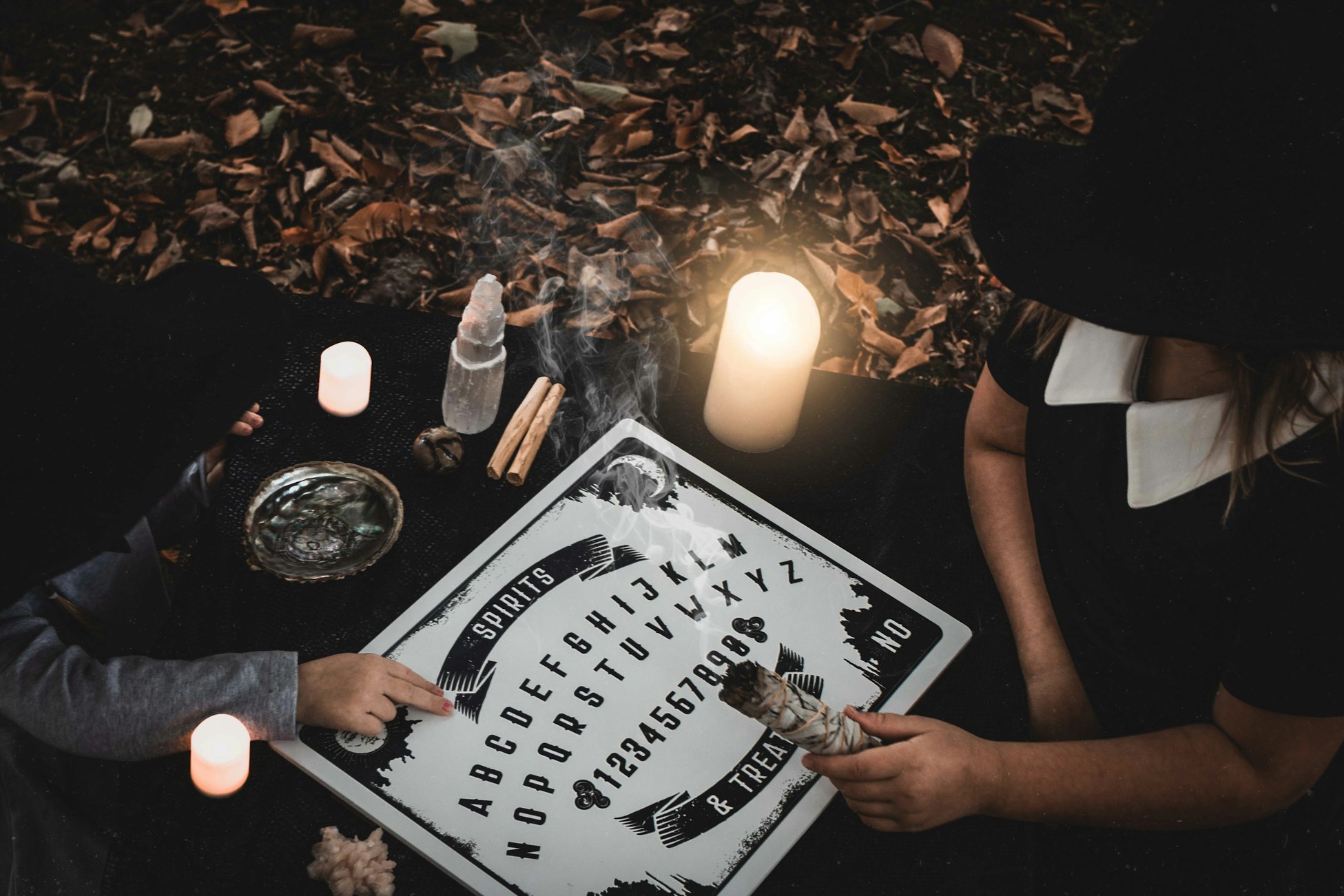Horror Culture

Most of popular horror culture will convince the easily misled that talking boards, specifically Ouija boards, are tools of evil. Movies like The Exorcist (1973) and Witchboard (1986) have painted a fairly devious portrait of talking boards, which previously held a sociable reputation. Prior to its debut in such classic horror movies, it was regarded as a game that could be played whilst on a date with a lady companion as an excuse to touch hands, in an era where it was otherwise forbidden for courting couples to touch. With much of the history of the Ouija board still unknown, due to a he-said-she-said origin of who the creator of the official board really was, what is known is quite a bit more vanilla that what might be expected.
Horrifying History of the Ouija Board

There are so many different theories of when they came to be such a popular object, one of the most well-regarded of which is that the Ouija board made a huge splash in the market directly following the Civil War. There was a large movement of spiritualism, with so many lives having been lost there were a lot of unmarked graves and soldiers who merely never returned home. Their loved ones wanted a way to get the answers they so desperately desired, even if it was just to know once and for all that their soldier was not coming home to them.

There really is no tangible proof of when the first talking board was created or for what purpose it was ultimately created, so it continues to be a tool that is shrouded in mystery. Still, with all of the information that is available today about the innocent origins of the Ouija board, there are more convinced of its sordid nature than those who believe it to be a neutral tool. Those involved in occult practices, who either consider themselves mediums or spiritual readers enjoy using talking boards to either communicate with spirits of passed loved ones or to channel their own, often regarded as supernatural, gifts. When things are misunderstood, there is typically a sense of mistrust that follows along, skepticism is a normal reaction to things that defy logic and avoidance is an understandable reaction to things that create a sense of dread.
So—with all of that in mind, what is it about Ouija boards that continues to scare the uninformed into rebuking those who use them? Likely it’s the images that are conjured from the horror movies we enjoy so much; the idea of demonic possession and evil spirits can scare even the most skeptical mind into uncertainty when all of the lights are out.
Horror movies that have inspired our fear of Ouija boards:
- The Exorcist (1973)
- Witchboard (1986)
- Is Anybody There? (2002)
- Séance (2006)
- Satanic (2006)
- Paranormal Activity (2007)
- Necromentia (2009)
- I Am Zozo (2012)
- Ouija (2014)
- The Ouija Exorcism (2015)
- The Conjuring 2 (2016)
- Ouija: Origins of Evil (2016)
- Veronica (2017)
- Ouija House (2018)

Georgia-based author and artist, Mary has been a horror aficionado since the mid-2000s. Originally a hobby artist and writer, she found her niche in the horror industry in late 2019 and hasn’t looked back since. Mary’s evolution into a horror expert allowed her to express herself truly for the first time in her life. Now, she prides herself on indulging in the stuff of nightmares.
Mary also moonlights as a content creator across multiple social media platforms—breaking down horror tropes on YouTube, as well as playing horror games and broadcasting live digital art sessions on Twitch.
